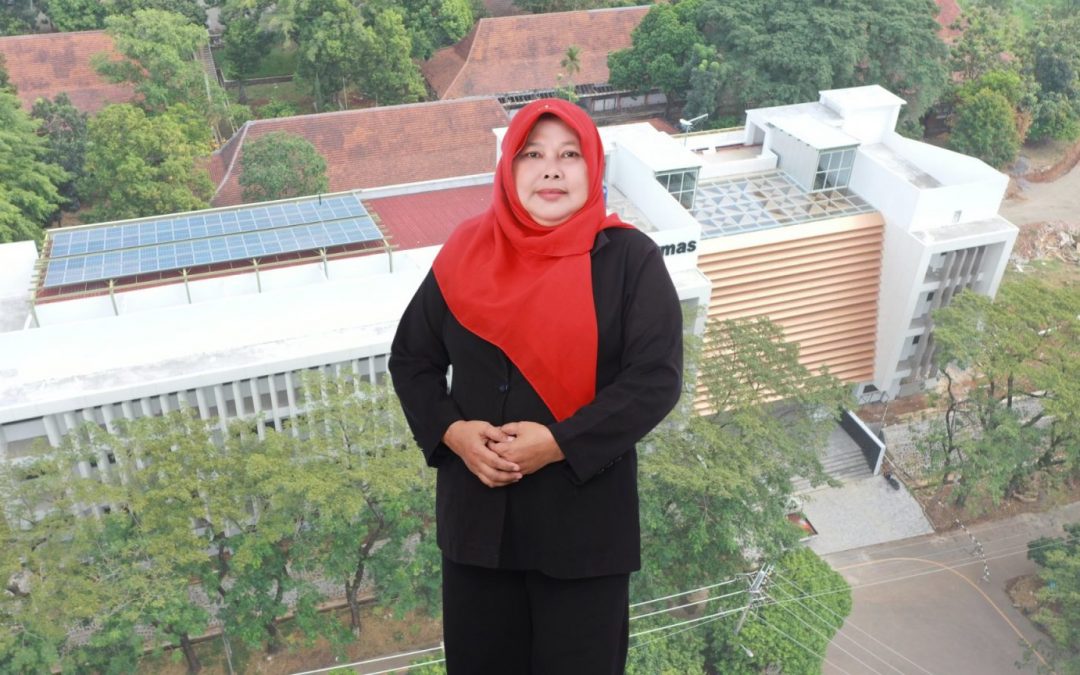Food diversification is one of the strategic efforts to reduce the dependence of Indonesian people on rice as a staple food. Responding to this challenge, Dr. Heny Kusumayanti, S.T., M.T., Lecturer in Industrial Chemical Engineering (TRKI) Vocational School of Diponegoro University, has developed innovative research entitled Analog Rice Production from Tuber Composite Flour Using Extrusion Process. This research utilizes cassava (Manihot utilissima), corn (Zea mays L.), and yam (Dioscorea sp) as the main raw materials.
Heny said that analog rice from this composite flour is considered to have potential as an alternative staple food for the community because it is rich in nutrients, such as carbohydrates, protein, and fiber. The research was conducted using cold extrusion and hot extrusion methods, which aim to:
1. Characterize raw materials in the form of cassava flour, corn, and yam.
2. Producing analog rice using both extrusion methods.
3. Analyzing the product in terms of physical, chemical, and nutritional value.
“The production of analog rice using the extrusion method, both cold extrusion and hot extrusion, is the core of this research. The production process includes three main stages, namely making flour from raw materials (cassava, corn, yam), making analog rice using an extruder, and product analysis including physical, chemical, and nutritional value,” said Heny.
The results of the study showed that flour from the three types of raw materials has a high carbohydrate content, namely purple yam flour of 82.32%, cassava flour 81.20%, and corn flour 72.90%. The best composition for producing analog rice is a mixture of purple yam flour (55%), corn flour (40%), and cassava flour (5%). This composition produces a product with a carbohydrate content of 88.91%, protein 7.18%, and ash 2.25%.
Physically, analog rice based on composite flour has a shape similar to conventional rice, with the results of hot extrusion showing superior physical and chemical characteristics compared to cold extrusion. This analog rice has also been tested to be stable in various thermal processes and is rich in nutrients, making it one of the important innovations to support the national food security program.
“This research is expected to be a reference for the development of locally based products with high added value. By optimizing extrusion technology, we believe this analog rice can contribute to food diversification and strengthen national food security,” said Heny.
This research also provides great hope for the development of the tuber-based food industry, especially in creating alternative products that can be accepted by the wider community, without reducing the nutritional value and quality of staple foods. (Reported from the undip.ac.id page)


Recent Comments